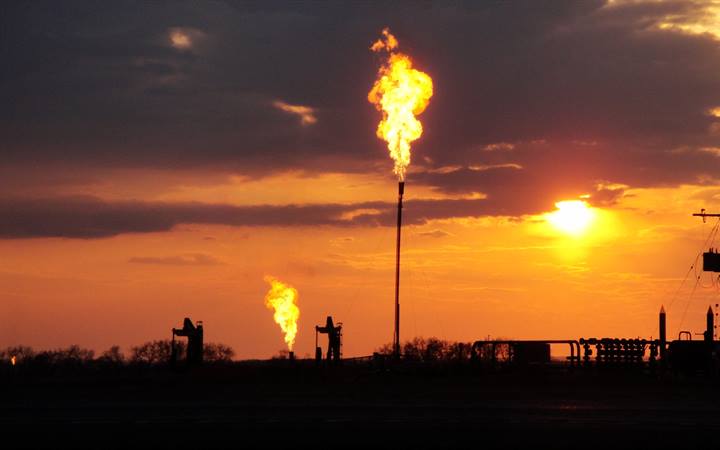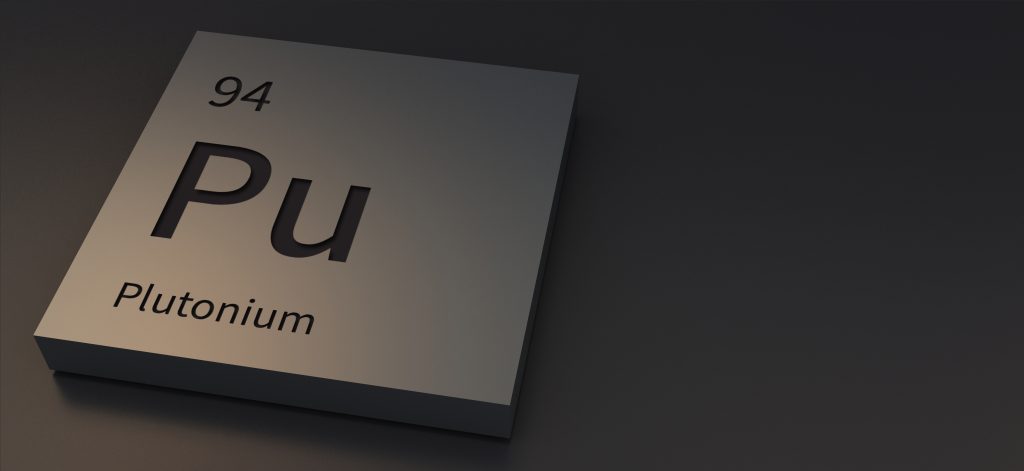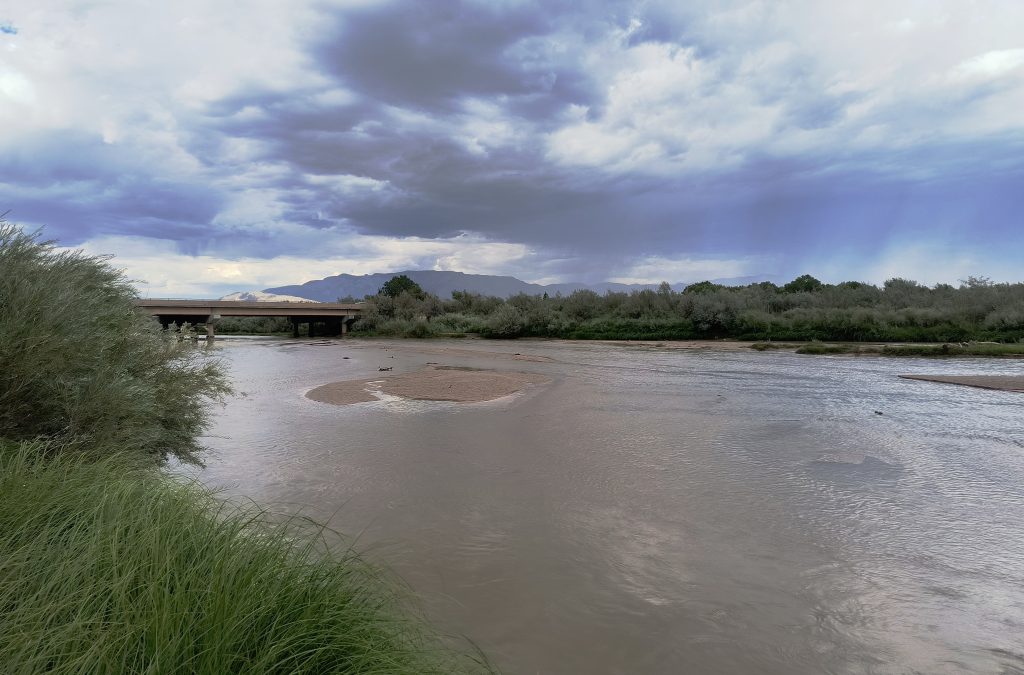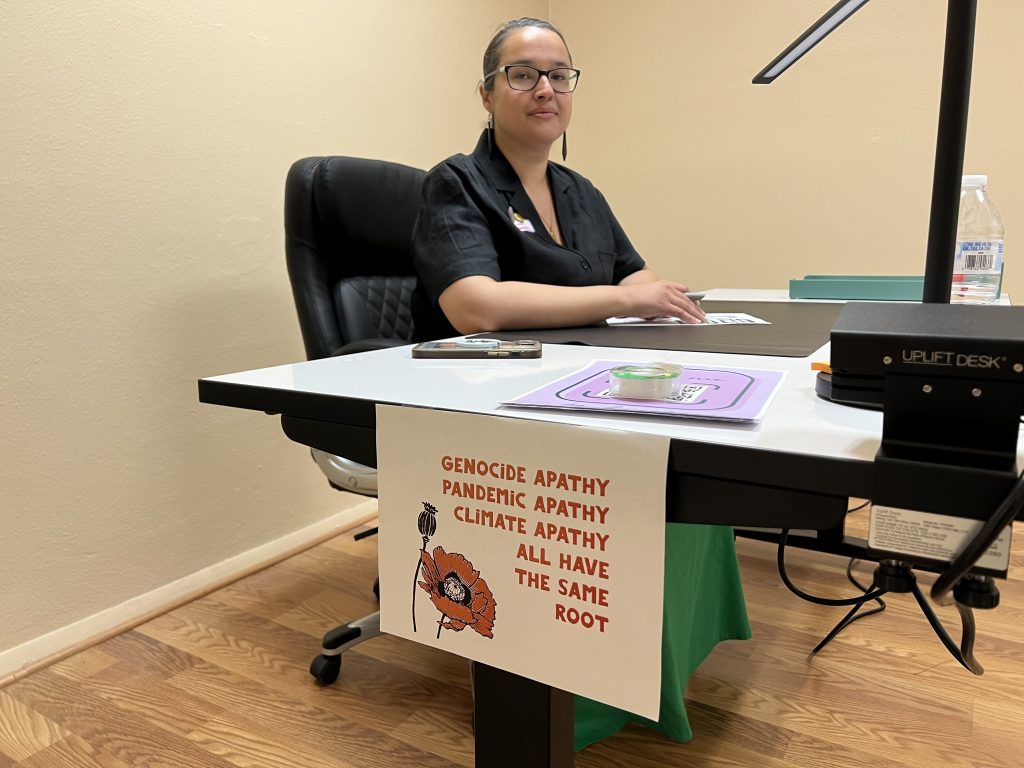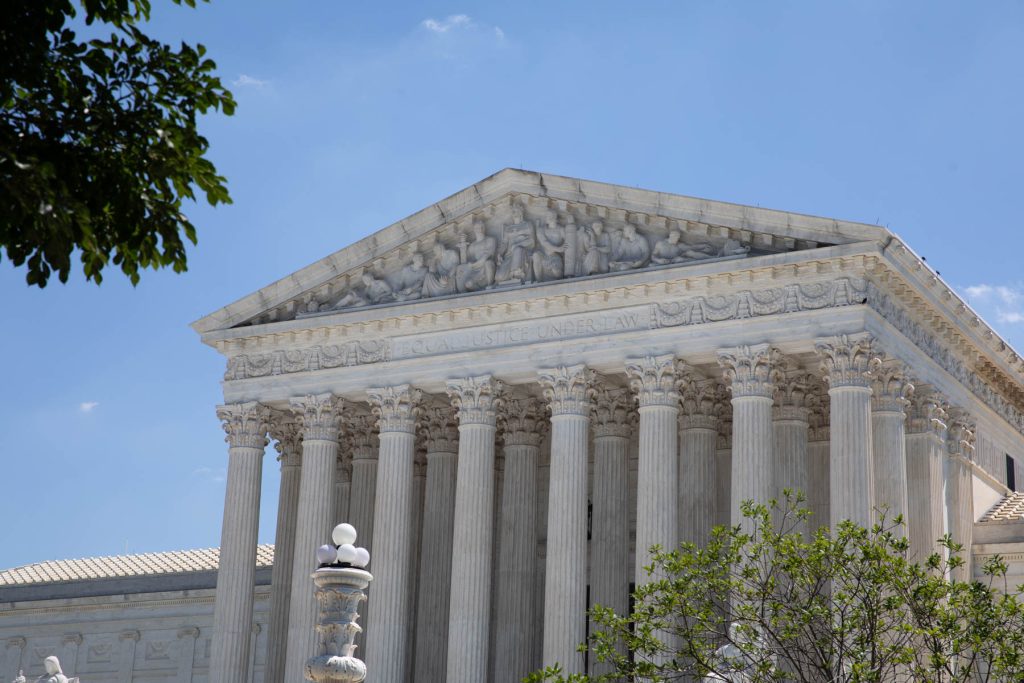Flaring of natural gas may emit more methane than previously thought, according to a new study published in the journal Science.
The study examined flaring in multiple basins, including the Permian Basin in southeast New Mexico and west Texas.
Genevieve Plant, an assistant research scientist at the University of Michigan, was the lead author of the study. She said this is because of incomplete combustion as well as unlit flares.
Flaring occurs for various reasons. It can be done after a well is completed to get rid of the natural gas that cannot be used because of frac sand and other elements from the drilling process that get mixed in with it. Flaring also occurs for safety reasons or when a processing plant goes offline and there is no one to take the natural gas that’s being produced.
In general, flaring is preferred to its alternative—venting—because it reduces the methane emissions.
Flaring can eliminate 98 percent of the methane emissions, but the new study shows that due to unlit flares and incomplete combustion, that number in practice is closer to 91 percent.
The difference represents a fivefold increase in the amount of methane that is emitted compared to present assumptions, according to the study. It also constitutes about 4 to 10 percent of the total methane emissions from the oil and gas sector in the United States.
This, the study authors wrote, highlights a “previously underappreciated methane source and mitigation opportunity.”
Plant said the research stemmed out of a larger project investigating areas of the oil and gas sector that often go unexamined or that have been historically unexamined. One of those areas was flaring and the other area focused on offshore operations. The research into the offshore operations has not yet been published.
The research is funded by the Alfred P. Sloan Foundation. The foundation’s energy and environment research program goals, as stated on its website, are “to inform the societal transition toward low-carbon energy systems in the United States by investigating economic, environmental, technological, and distributional issues.”
Plane said the researchers used a plane equipped with highly-sensitive sensors to detect emissions from flares and to determine how much methane and carbon dioxide the flares were destroying.
She said there had been previous studies with mixed results looking at flares. This indicates that flare efficiency varies and, Plant said, some of the players are operating with lower efficiency.
When looking at the Permian Basin, she said they saw “similar skewed distributions.”
That wasn’t surprising. Plant said what was surprising was the number of unlit flares.
When it comes to mitigating those emissions from flares, Plant said there are various options. One option is to reduce flaring volume. Another option is to implement measures ensuring that the flares are always lit and are operating at high efficiency levels.
The latter option is the route that New Mexico is taking with its new rules to address emissions from oil and gas.
Matthew Maez, a spokesperson for the New Mexico Environment Department, said in an email to NM Political Report that a flare’s combustion efficiency is typically provided by the manufacturer on its specification sheet, however companies must properly operate and maintain flares in the field by using good combustion and engineering practices to achieve the efficiency that the manufacturer says it can achieve.
NMED is implementing new ozone precursor rules that are expected to lead to decreased methane emissions from oil and gas. This is because many of the ozone precursors are emitted at the same time as methane. The new rule includes provisions like requiring companies to monitor flares for unlit pilots, smoke and other parameters that Maez said indicate a flare is not operating properly. Companies are also required to identify and repair poorly functioning flares.
Maez said NMED is aware that many flares are not operated in a way that achieves the manufacturer-specified combustion efficiency rate and that results in excess emissions of both unburnt methane and volatile organic compounds, which are an ozone precursor.
“This is evidenced by observations made during multiple surveillance compliance assurance activities, like flyovers and inspections using infrared cameras,” Maez said. “NMED is committed to holding companies accountable and has issued several enforcement actions for this exact type of violation. NMED will continue to pursue tough enforcement action against companies that operate equipment in a manner that threatens public health and the environment.”
The NMED ozone precursor rules work hand in hand with natural gas waste rules, or methane rules, that the Energy, Minerals and Natural Resources Department’s Oil Conservation Division developed and is implementing.
Sidney Hill, a spokesperson for EMNRD, said those rules are designed to prevent unlit flares. This will be accomplished by requiring equipment on new flares such as automatic igniters or continuous pilots.
“In addition, all existing flares at non-stripper well facilities must be retrofit with an automatic ignitor, continuous pilot, or technology that alerts the operator that the flare may have malfunctioned no later than 18 months after May 25, 2021,” Hill said in an email to NM Political Report.

